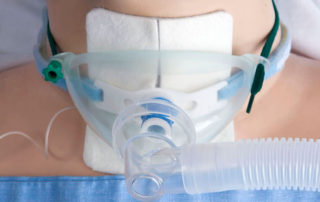First Trach Change
Originally published on November 30, 2011 There is very little research regarding when it is safe to do the first tracheostomy tube change. Commonly, the first tube change is done between post-op day 7-14. A study was just published in Critical Care Medicine and showed that it is safe to do the first tracheostomy

